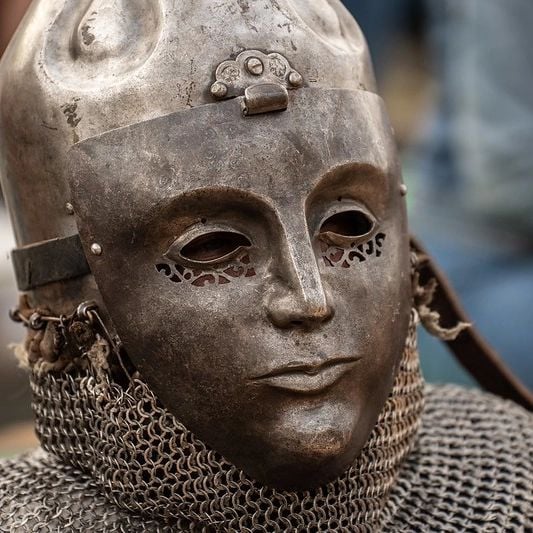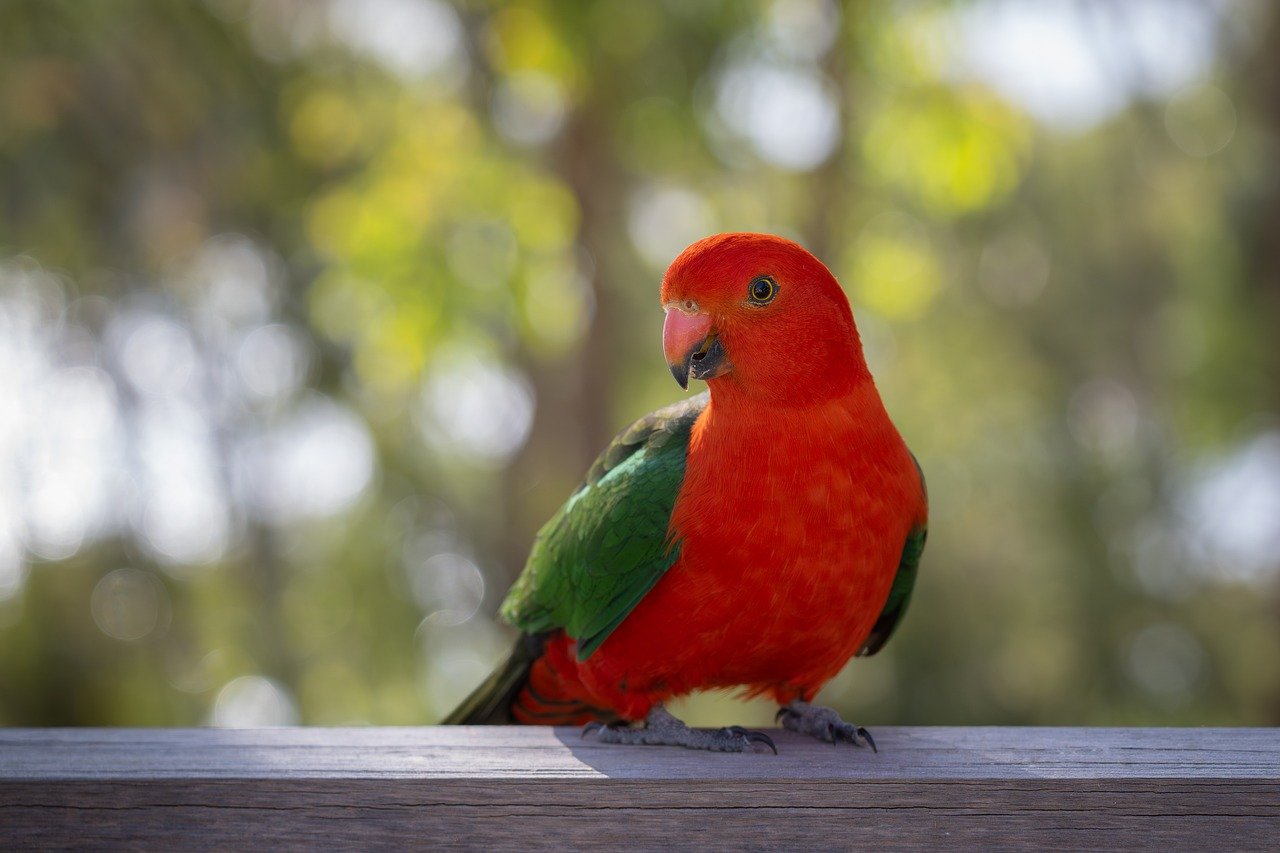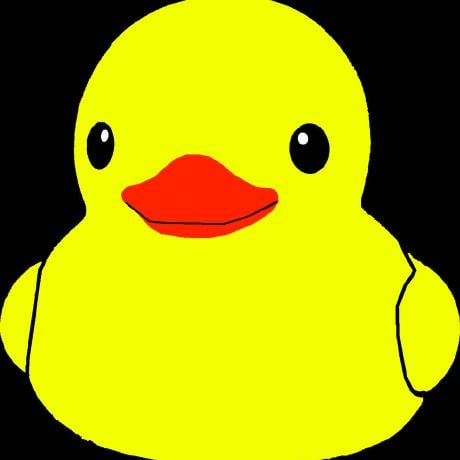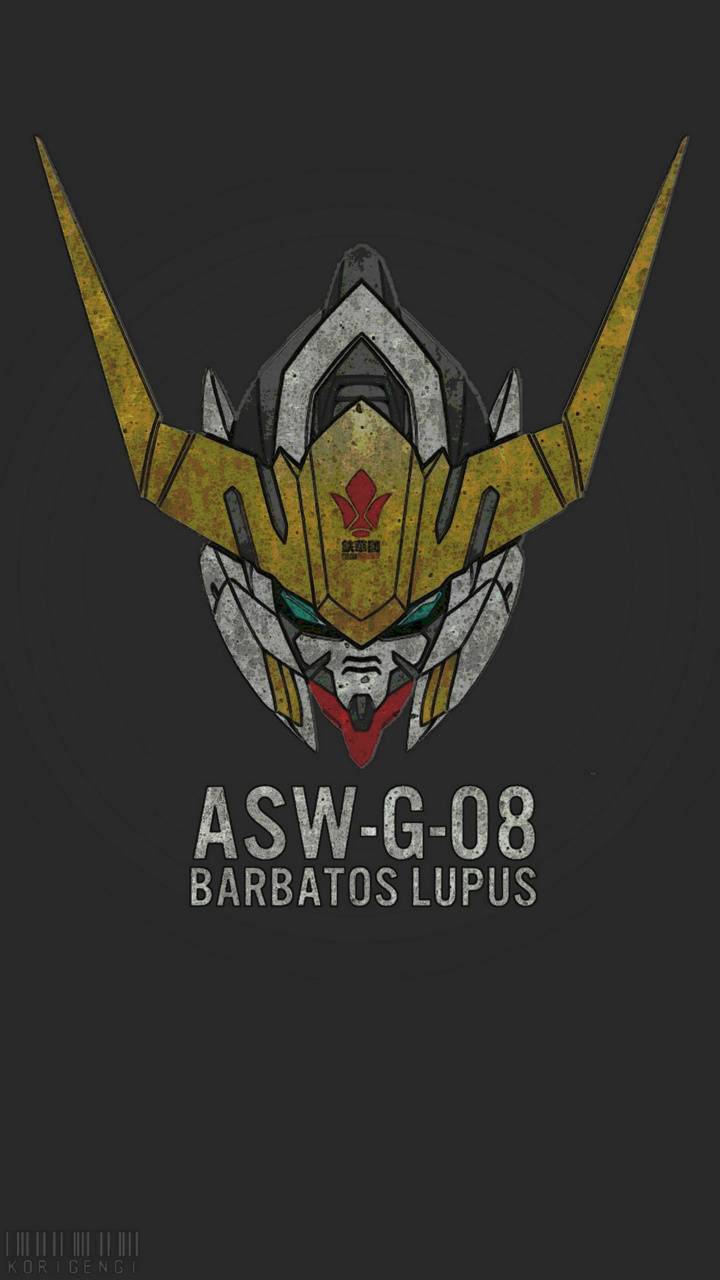is it a formatting step that an image goes through when uploaded? I’m tired of converting image after image back into jpg, so if there’s like a step I can take to avoid it being a webp, it would help to know
If something doesn’t support webp you should really be converting it to png not jpg so it doesn’t get more degraded
Isn’t jpg more efficient for pictures, whereas png is better for graphics type elements with defined colors and edges?
Jpg is lossy and throws away information every time it is used, that’s why you get the “deep fried effect” when you re-encode something repeatedly. PNG is lossless so it’s a perfect replica of whatever image you encode with it. It does take up more space however.
Minor niggle: the ‘deep fried effect’ isn’t because jpg throws away information every time, it’s because the compression algorithm averages pixel boundaries, and that averaging multiplies with each compression pass.
It can actually bloat the size of the file by adding information – adding data to previously null pixels, whereas png would keep them clean.
e: it achieves this through pixel averaging (fuzzing), which is why you’ll see grey artefacts bleeding into the pixels around line art. This is magnified with each compression.
You’re conflating “data” with “information”.
Repeated re-encoding loses information. “The compression algorithm averages pixel boundaries” is a perfect example of losing information.
That it sometimes results in more bits of data is a separate phenomenon altogether.Thank you I learned something today.
That’s fair. Thank you for making that distinction.
e: It’s still bad for the user, though.
It does take up more space however.
That depends on the image. JPEG is better for photos, but for other types of images PNG can be smaller despite being lossless.
JPEG is for real life photos, using it for anything else is just lossy compression.
deleted by creator
whereas png is better for graphics type elements with defined colors and edges?
The reason for that is rather surprising, but PNGs are basically zipped BMPs with an optional filter step to arrange the pixels in a way that compresses better.
And that’s why if you give it a photo with lots of details, it’s not very effective and just gives you a rather big file. PNG barely does anything compared to JPEG and other formats. That’s also why it’s great for small things like icons: it decompresses fast and still manages a fairly good compression ratio when a good chunk of the image is transparent or flat background.
Jpg is better for photographs. Png is better when there are a lot of homogeneous pixels, like cartoons or rasterized vector graphics.
PNG is lossless and JPEG is not. JPEG is about a sliding scale of “quality” (at the cost of file size) and minimizing how much it fucks with the visual end result.
Jpg is really bad for anything with sharp lines, such as text. It also doesn’t support alpha channel (transparency) which is reasonably important in modern web design.
PNG is loseless, which is great for… anything other than storage/bandwidth due to file size. There’s even an animated PNG standard, similar to animated GIF, but you never see that used anywhere.
(I accidentally responded to the wrong comment before.)
Yes, that’s exactly right.
deleted by creator
if there’s like a step I can take to avoid it being a webp
Formats are chosen by the uploaders and hosts, not the end user.
For easy conversion of images from the web, I recommend the FF addon Save webP as PNG or JPEG. Anytime you open an image in its own tab, it pops up with a menu that gives you a quick button to choose the format you’d like to save it in.
In some cases it’s chosen by a third party.
My employer uses Akamai for CDN, security, etc. One of the optional services they offer is called Image and Video manager (IVM). One of the things IVM does is analyze image files and converts them to multiple target formats based on how you set it up.
Suppose you have an image on your website that is a 1000x1000 pixel PNG file that’s 500k in size. The first time a client fetches it Akamai will serve it as-is but will also hand off its URL to an image processing server. That server will analyze the image, and based on how you configure it, might create multiple JPEG & WEBP formats that are 250x250, 500x500, and 750x750 in size, as well as 1000x1000. The new images are highly optimized without impacting the perceptual quality, and all smaller than the original images size.
Once these images are created Akamai adds them into their CDN cache alongside the original image. Now when a client requests the original PNG file they may actually serve one of the other versions based on the browser being used and device characteristics like viewport size, etc. But it’s all 100% transparent to the end user.
You’re not wrong of course, but I really need people to understand that this level of detail is not what a top-level reply to a lower-end technical question is aiming for. Maybe this will be helpful to someone, but I already knew it and didn’t need it sent to me, and it’s going to go above OP’s head. For the average end user, this is abstracted somewhere in the “host stuff” layer, and that’s fine.
I just change .webp to .jpg and it works fine. I’m not sure what that does though or even if it’s necessary.
Yeah, doing that does absolutely nothing. Your image viewer still reads it as the webp it is, and it knows to do so seamlessly because it’s reading the file header (the first few bytes of the file) instead of the file extension.
For an analogy, you’re basically just putting a wig on it and pretending it’s your girlfriend from the next school over when everyone in the room knows it’s your skeezy neighbor and is just humoring you.
If it tells you it doesn’t accept webp and you change it to jpg and it works, I guess it’s doing something, lol. I’m sure it doesn’t change the file type, it’s a loophole.
fair but “it” here is pretty vague. my guess is that, in your case, whatever part of “it” that processes the image handles webp files just fine but for some reason the devs made “it” reject file extensions that don’t match “.jpeg”, “.png”, “.whatever_else” for some reason before the file gets handled further.
They most likely limit image formats to just a few for feature parity across systems. They can be sure that those formats will be handled by whatever library they use in other places, in the future, or on other operating systems. Whereas with less common formats, that might not be the case.
Even if a webp is still accepted, I still have that distrust though. The marketing people should have let everyone who works with pics know what they are. I use non-standard software so maybe that’s why I’m clueless as to what it actually does. Again, I’ve got a lot on my plate so it never really comes up as first priority to figure out what it is.
Edit: I thought you were someone else, sorry about that. Still leaving it since it’s still valid, lol.
It would be helpful for the discussion if you would tell us what the mystery program is, that is handling images in this strange way and what operating system you are on.
I don’t remember, it was a while ago. I’m on windows 10 and I use Affinity for all photo editing. I think it had something to do with a header for a site, that’s the distant memory anyway. That’s kind of my point, I remember the distrust but not the circumstances. As I told someone else, I’m not trying to bust anyone’s balls, feel free to ignore me. I’m just trying to give you the every man perspective. It is just mine and only one perspective.
Why do you need to convert to jpg?
A lot of apps don’t support webp yet. Facebook Messenger is a good example. If I want to share a meme that was webp it says “GIF” in the gallery and says it can’t upload images in that format.
So sad that the poor management at Meta can’t find the money to add webp support to one of the most used chatting apps in the world 🥺
They still haven’t managed to find a way they could make $$$ out of supporting WebP.
Wanna hear something funny? So iirc webp is a Google format. The other day I was preparing slides for class with my friends. Anyway, we were on Google slides. I tried to upload this image, but it says it’s unsupported. So i checked the format and whaddaya know? webp. So a Google service doesn’t even support a Google file format. LOL
I’ve literally only run into 1 program that couldn’t handle webp and that was a FOMOD creation tool for Bethesda game modding, and even then it worked but just tossed an unknown extension error
Though if you’re using Facebook messenger that’s probably the issue right there lol
Windows doesn’t let you set them as background photos
I haven’t used a static wallpaper in so long I’d completely forgotten Windows normally handles that lol
What software do you use for that?
Wallpaper Engine, I have like 15 animated wallpapers that it cycles through and had totally forgotten about it cuz it’s been like 4 years since I set it up
Works great
Just change the extension to .jpg.
That’s not how conversion works.
Honestly this does sound like some goofy Windows feature lol
You can ‘change’ the extension of any file whose innards match the file type you’re ‘changing’ it to.
Under the hood, nothing changes. Windows opens it anyway because it reads the actual file data and basically assumes you must be an idiot.
e: change the file extension of a jpg to txt. Windows shrugs and says okay, if that’s what you really want, and shows you the code. Knock yourself out, it says, I’ll show you what I can, but it doesn’t convert the file.
But it does work, so…
No it doesn’t.
This may be hard to understand if you don’t know how it works, but nothing is being converted. It’s like opening a .docx in a .txt editor. It will show you the data it can, and there’s lots of crossover in image formats.
Sorry, I can’t explain it better without getting more technical than you can probably understand, but it’s not converting anything.
Just a few weeks ago, they found a big security flaw in webp and webm. Which affected nearly all programs using it, because they all use the same library.
Webp and webm are simply not mature enough for professional use.
That’s a library bug, not a format bug
Web images should be converted to png, then, never jpg (unless they’re actual photos).
I don’t see a reason to convert to jpg even for photos. Its advantages are related to the way compression artifacts looked more natural than the compression artifacts of contemporary formats. Why save as a format that’s prone to obvious compression artifacts at all anymore?
Depends if you are aiming for best quality for a given file size, or if you don’t care how big the file is.
Jpg has some advantages with photos, because it takes advantage of pixel fuzzing which isn’t visually noticeable in photos and can contribute greatly to higher compression.
It’s objectively terrible for everything else, though (because of the pixel fuzzing).
deleted by creator
Discord is such a pain in terms of sticking to ancient stuff and having arbitrary limits.
I wish it hadn’t taken off like it did… But it was free so ofc…
it got shoved down our faces
I hate when a new, efficient, fast image format is used by viscous developers to make their evil website load faster and use less bandwidth
GRRRR
Yes, JpegXL would’ve been even better, but WebP is good too.
I hate the format. Synology photos regularly skips them on backup
I thought webp was just a container format?
No, it’s an image compression format derived from the VP8 codec.
How do you got to that number? Did some kind of survey or something?
95% of stats on the Internet are made up on the spot



















